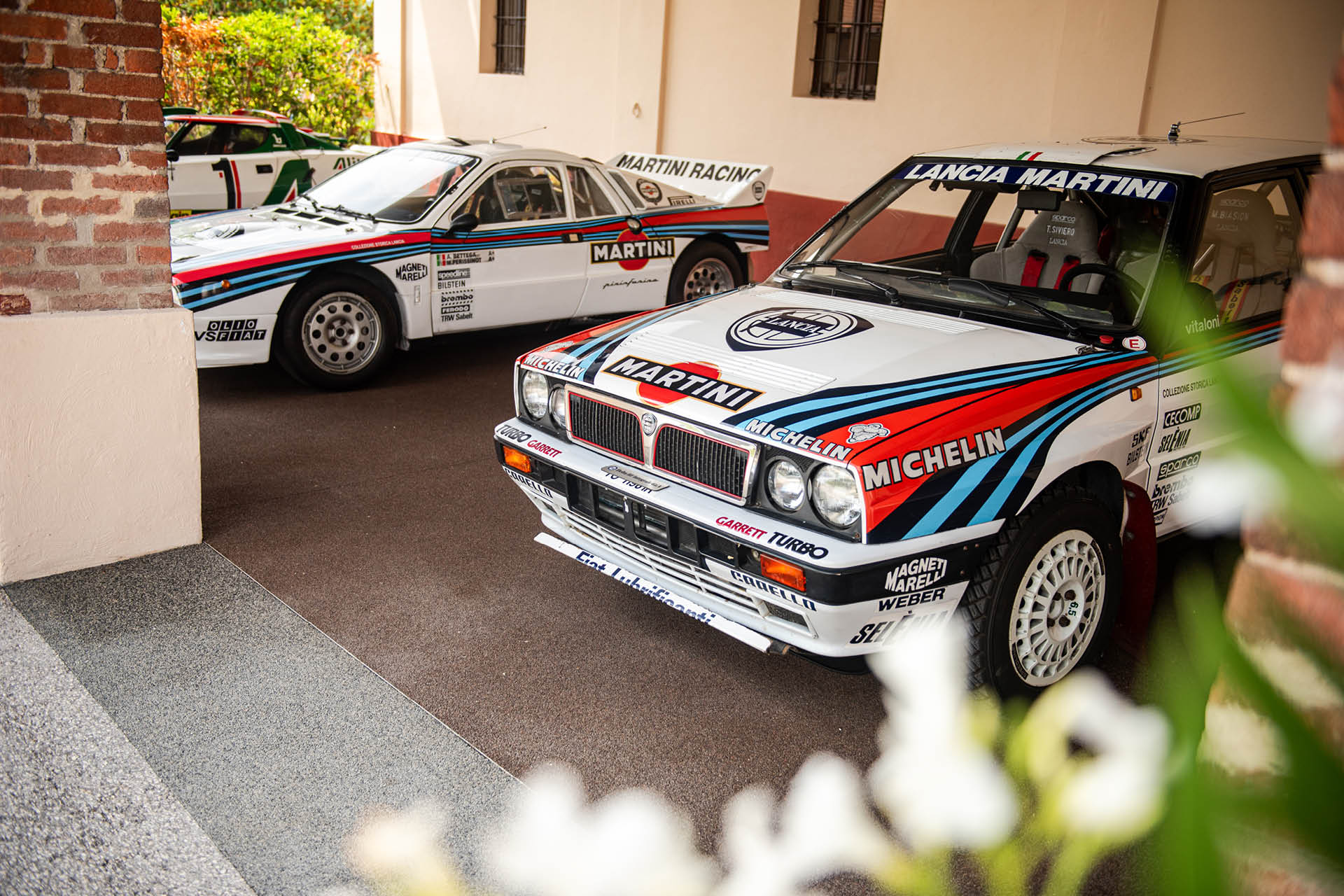Eye to eye with Lancia rally legends – a glorious history
Miki Biasion is a living legend. Two world titles and countless victories make his name inseparable from Lancia. In the 1980s, he became the face of the Italian brand in the World Rally Championship. With his steering skills, technical feedback and character, he took the Delta HF Integrale, among others, to unprecedented heights. Today he is once again involved in developing Lancia’s future.
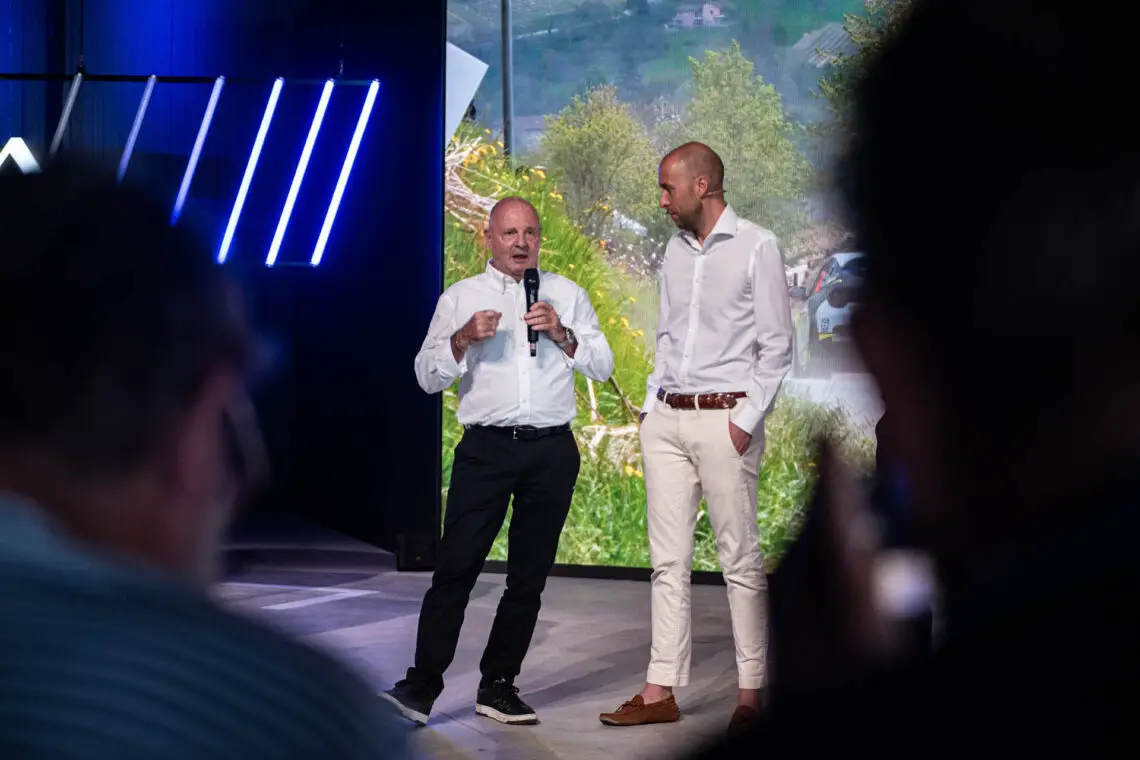
Born in 1958 in Bassano del Grappa, Biasion rose through Fiat competitions to the big time at Lancia. In 1988 and 1989 he became world rallying champion. His role went beyond steering. He was an advisor, test driver and now ambassador. But to understand Biasion’s contribution, you need to know the bigger story of Lancia in rallying. We’re happy to lay that out for you.
Lancia Stratos HF: the beginning of unprecedented era
The 1973 Lancia Stratos HF was the first rally car designed entirely from scratch for competition. The design by Marcello Gandini (Bertone) was radical: short, wide, low and with a sharply sloping nose. Note especially the steep windows and abruptly cut-off rear end. Everything was about agility and balance.
Under the hood was the 2.4-liter V6 from the Ferrari Dino, placed as a mid-engine. Weighing just over 900 pounds and with perfect weight distribution, the Lancia Stratos was mercilessly fast. Not for nothing did Lancia win three constructors’ championships in a row with it. In 1974, 1975 and 1976, the marque took the win.
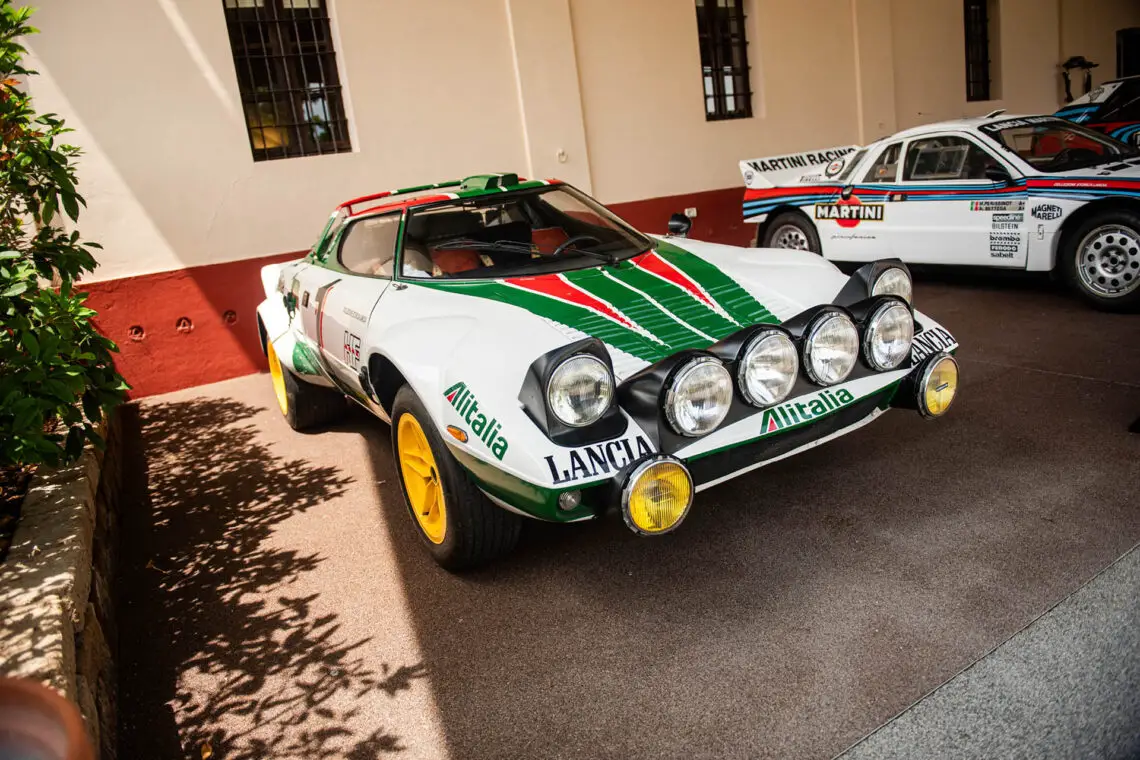
Lancia 037 Rally: the last rear-wheel drive champion
In the early 1980s Lancia returned with the 037 Rally, designed for the limitless Group B era. Unlike Audi, Lancia opted for rear-wheel drive. The 037 had a tubular chassis with a lightweight body by Pininfarina constructed from plastic panels. The front and rear could fully open for quick service during rallies.
Powered by a 2.0-liter four-cylinder with mechanical compressor, it delivered 239 kW (325 hp). Its low weight (about 960 kg) and direct steering made it a master on various surfaces. Despite the advent of all-wheel drive, Lancia managed to win the constructors’ championship in 1983.
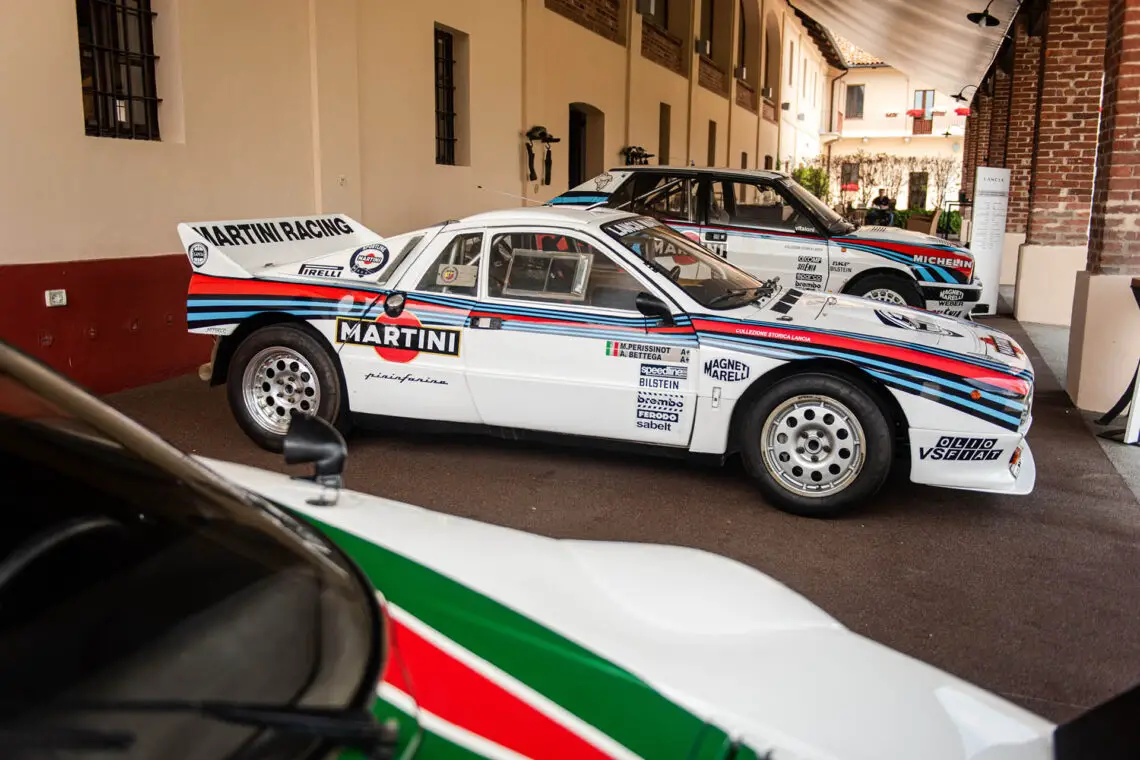
Lancia Delta HF Integrale: the icon
The Delta HF Integrale is Lancia’s best-known rally weapon. What began as a decent hatchback grew into a rally legend in the 1980s and 1990s. Starting in 1986, versions such as the HF 4WD, Integrale 8V, 16V and the broad-shouldered Evoluzione followed.
The street versions got wide wheel arches, air vents and spoilers. The Evoluzione had a wider track, an air slot on the hood and that iconic Martini striping. The turbo engines produced between 136 and 158 kW (185 and 215 hp), and in rally trim the power outputs went up to 257 kW (350 hp). All-wheel drive provided unprecedented grip in all conditions. Between 1987 and 1992, Lancia won six manufacturer’s titles in a row. That is still a record in the WRC.

Lancia Corse: back to the roots
Lancia is resurrecting its sporting heritage under the Lancia Corse label. The brand speaks of a reawakening of the brand’s rich history, in which the spirits of the Stratos, 037 and Delta live on. With Miki Biasion as a committed expert, Lancia is building a future where future and history go hand in hand. All with a healthy dose of Italian character.
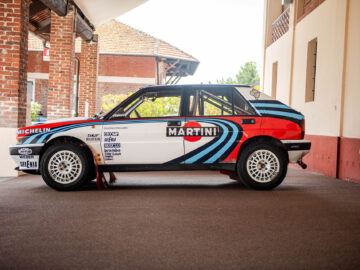
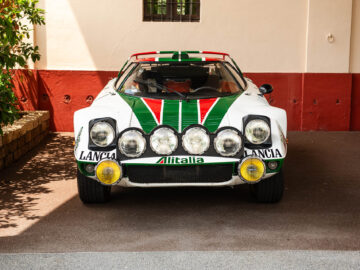
In addition, Lancia is reviving the iconic HF label. The acronym, which stands for High Fidelity, returns on sporty top-of-the-line versions of future models. With the new Lancia Ypsilon HF as a precursor, equipped with a powerful electric powertrain and sporty looks, Lancia is showing that performance and character are once again central. The regular Ypsilon also benefits from extra sportiness in the form of the HF-Line version.

